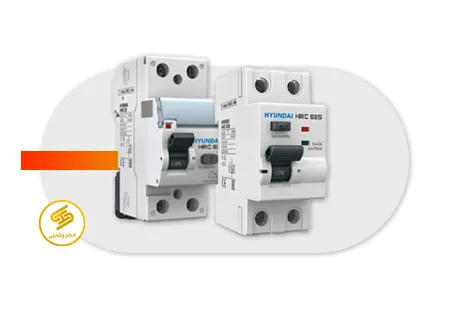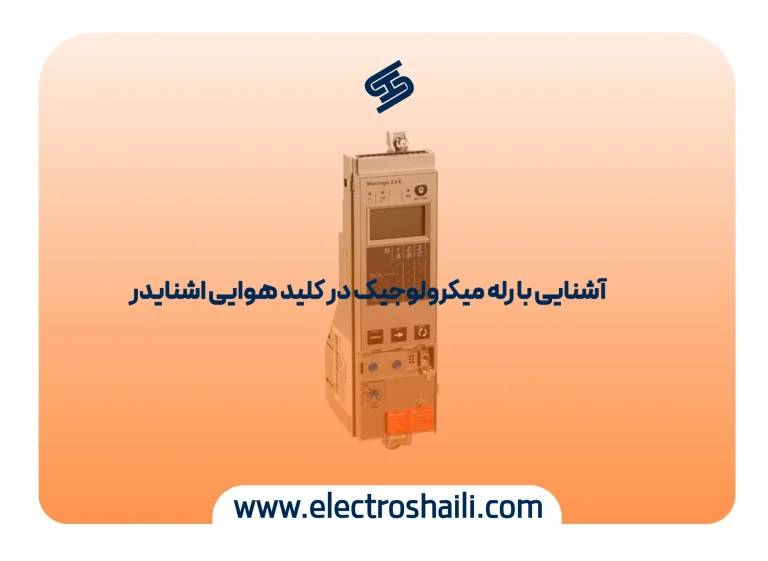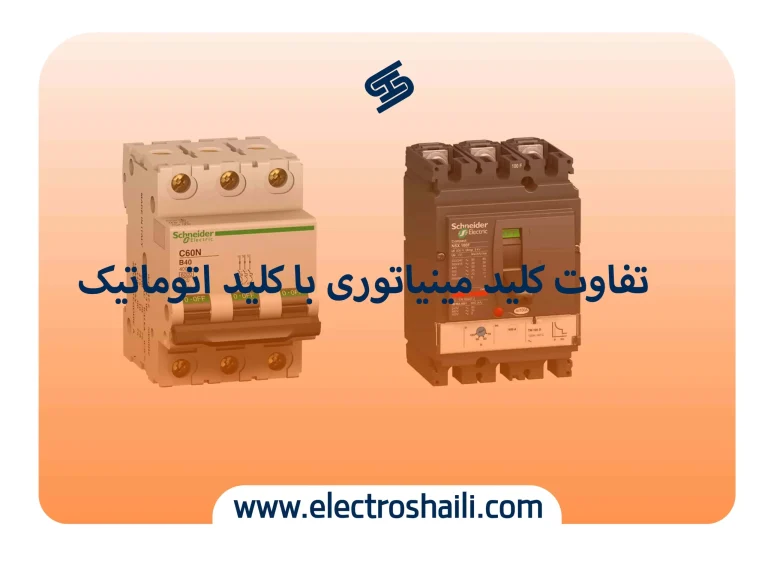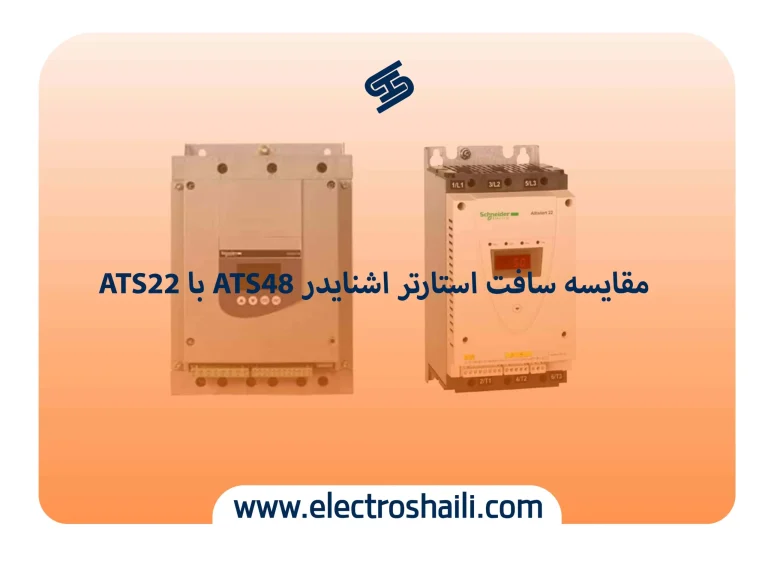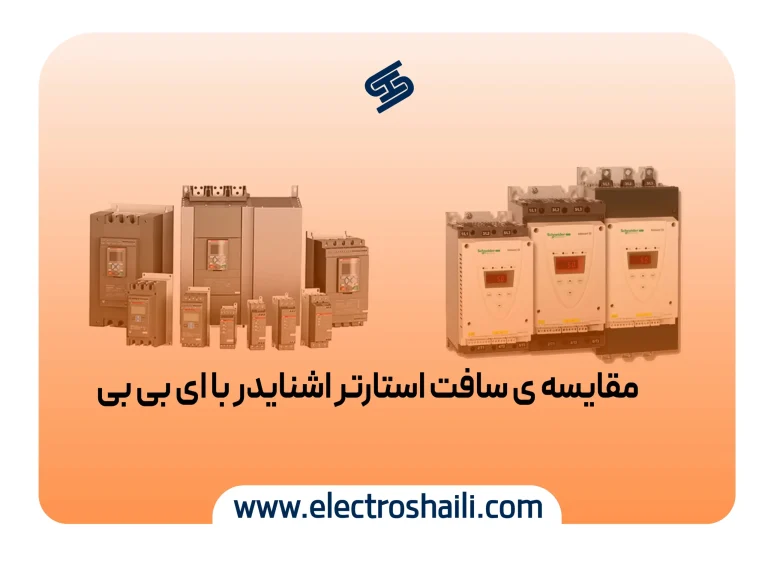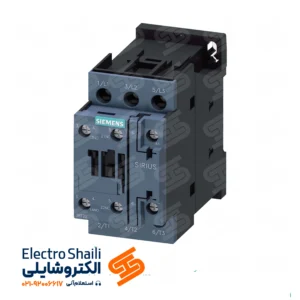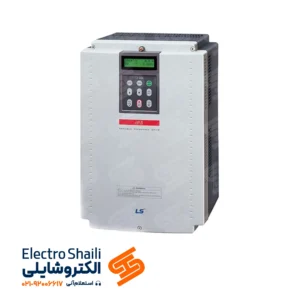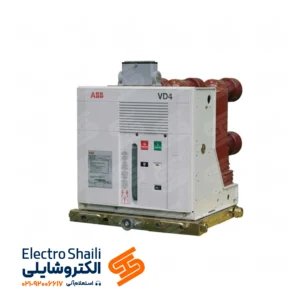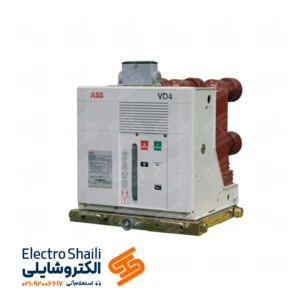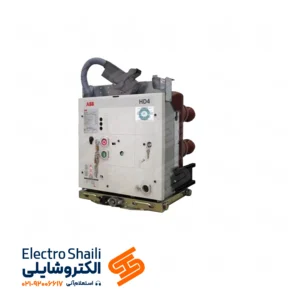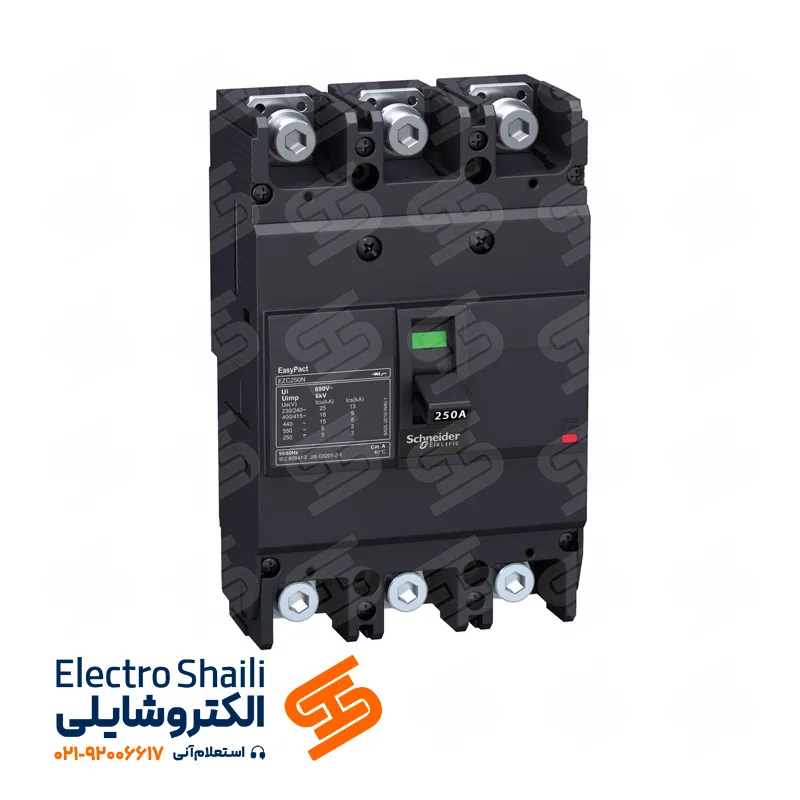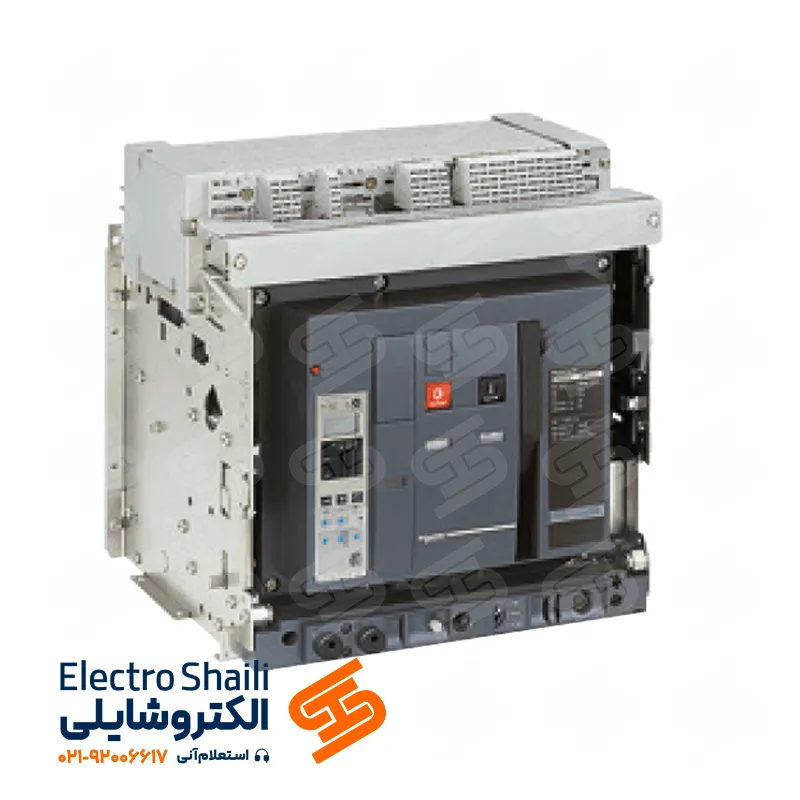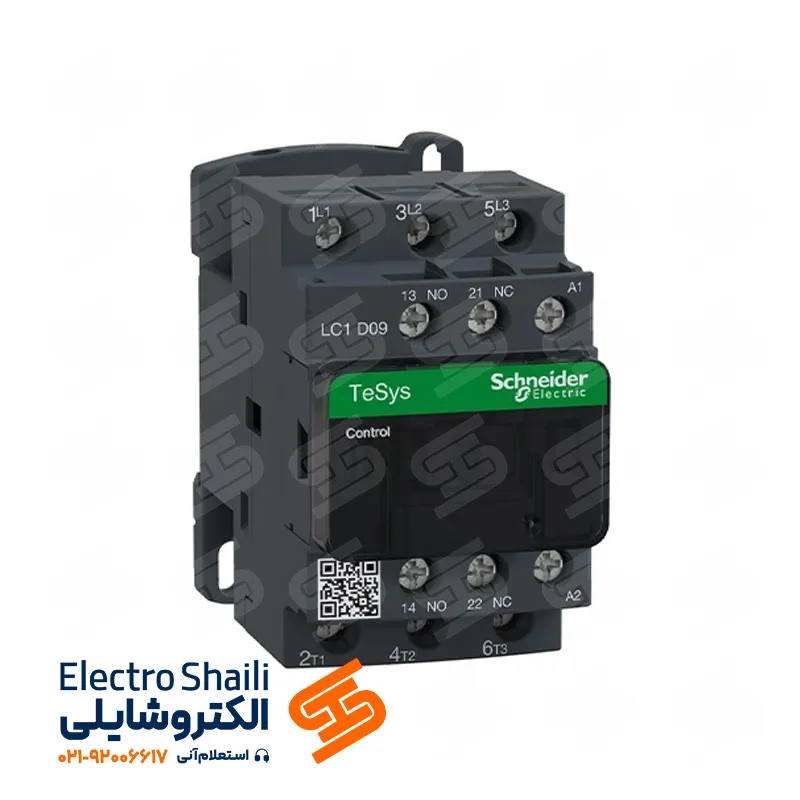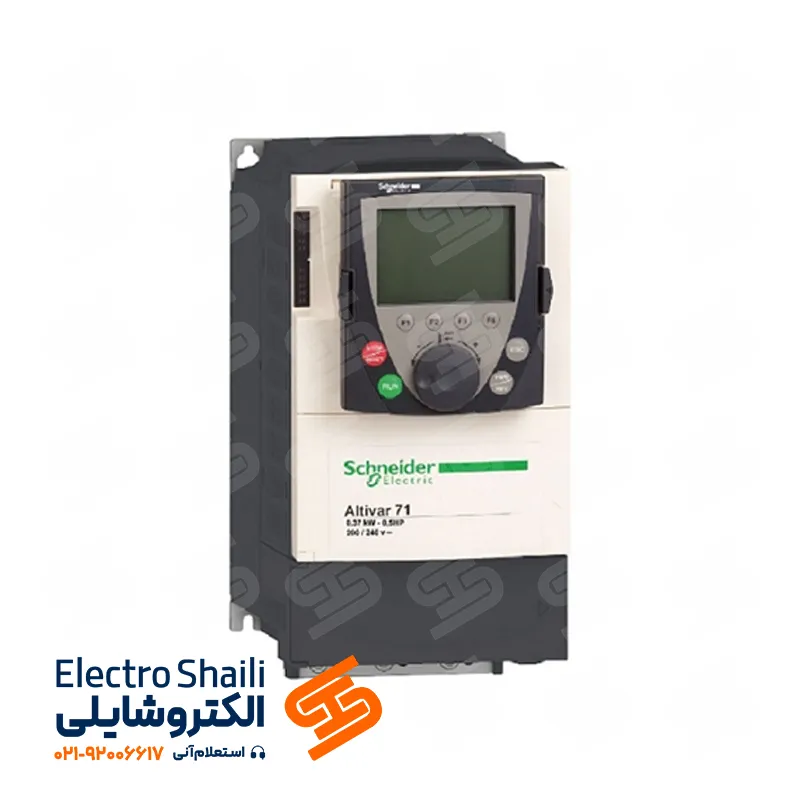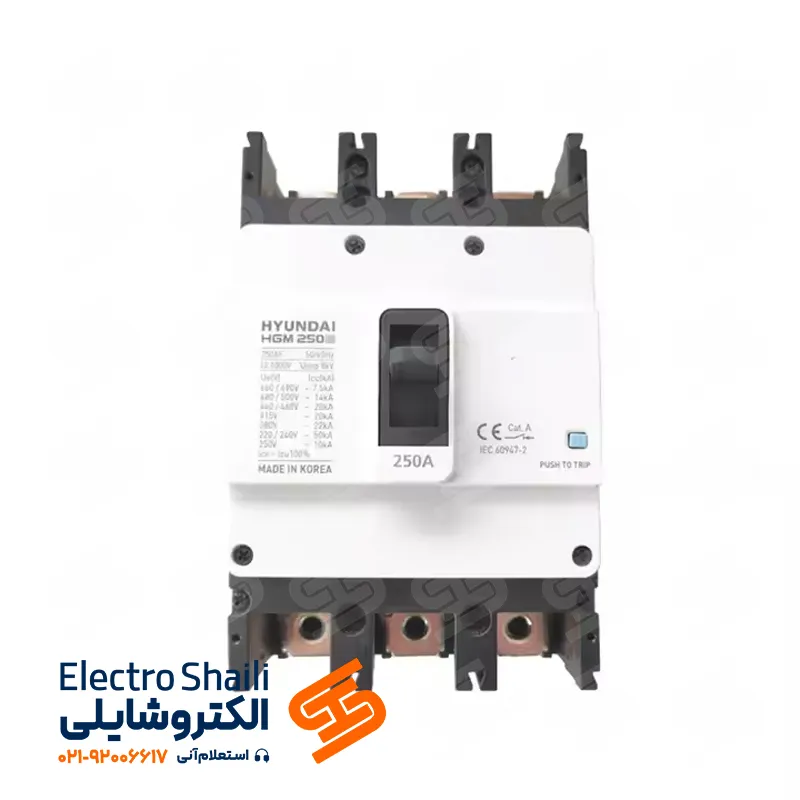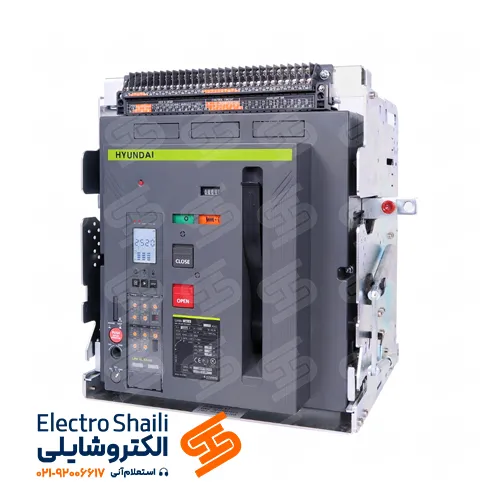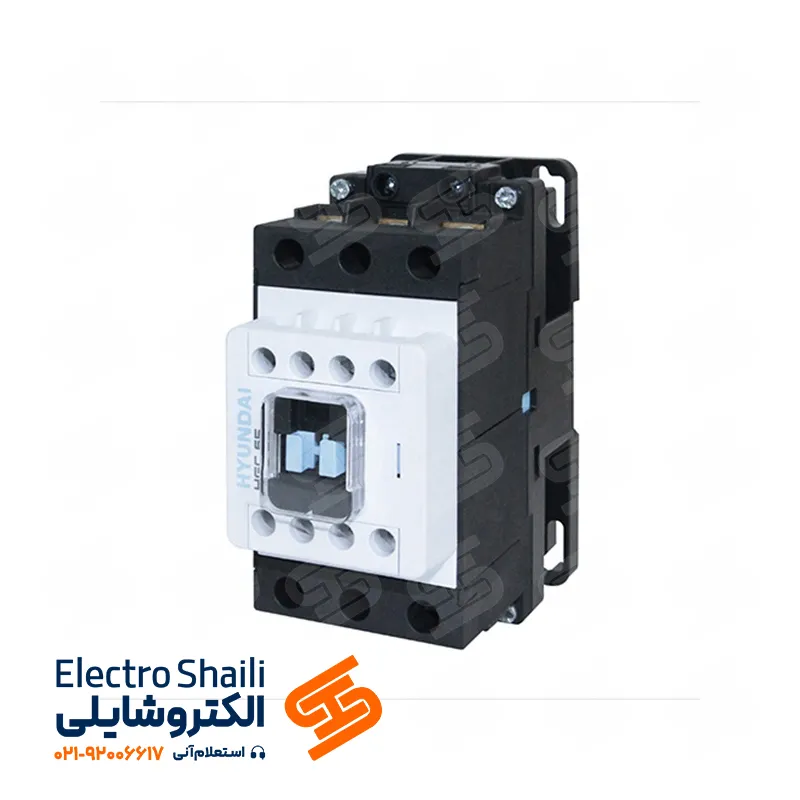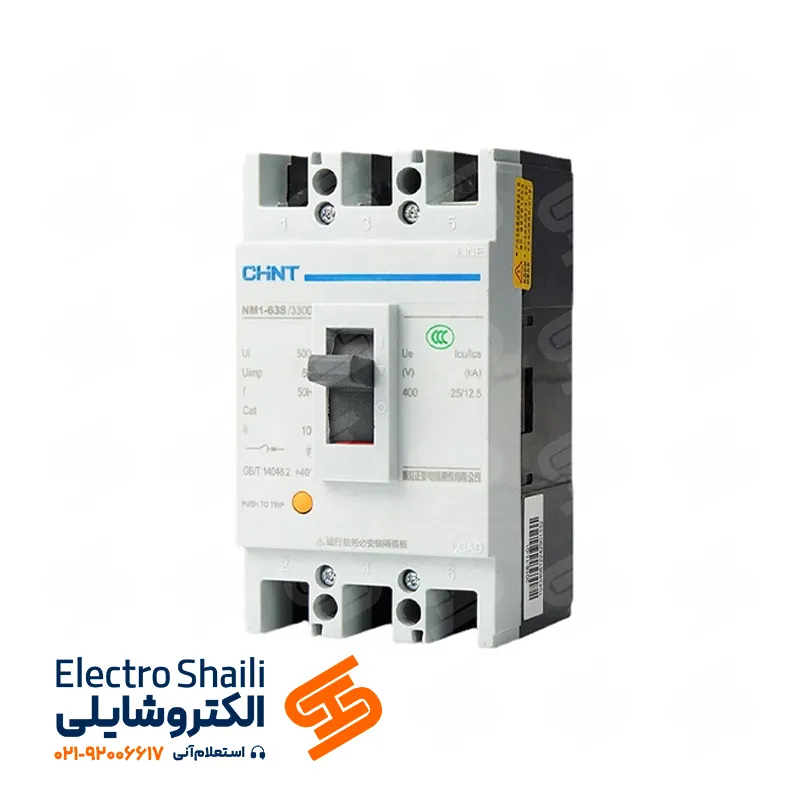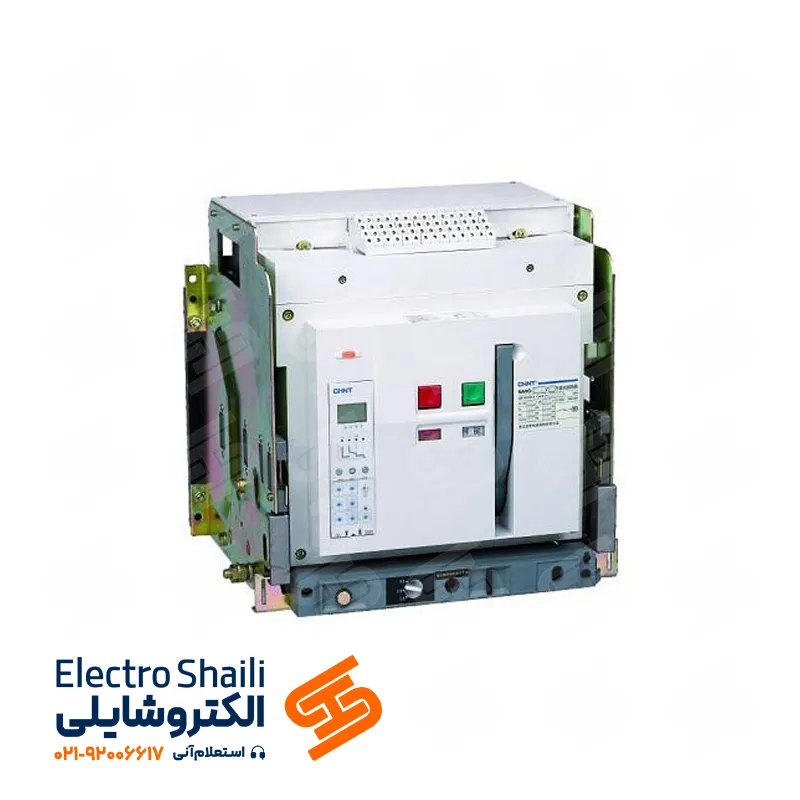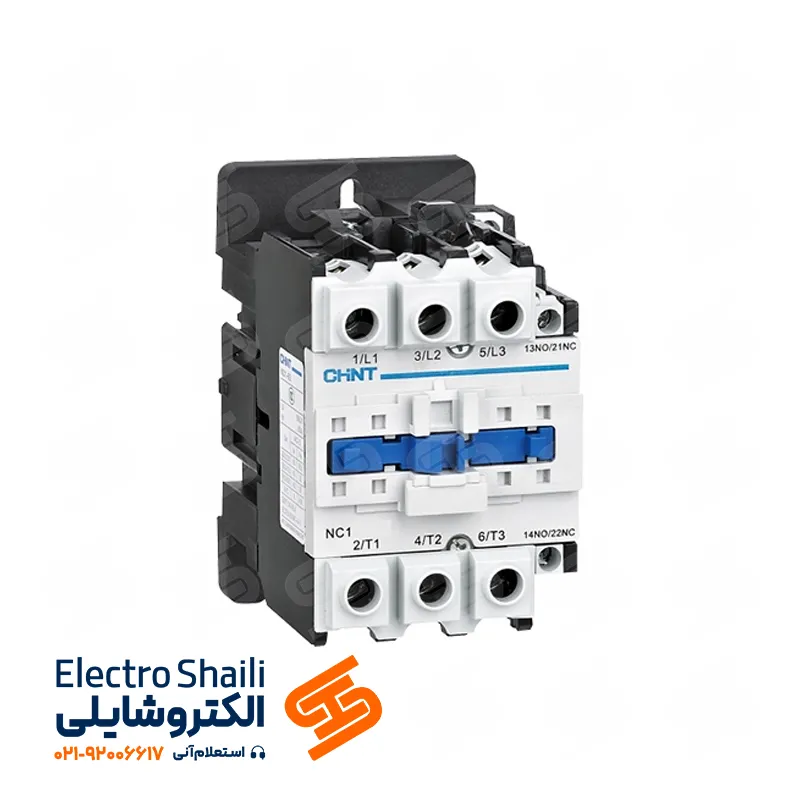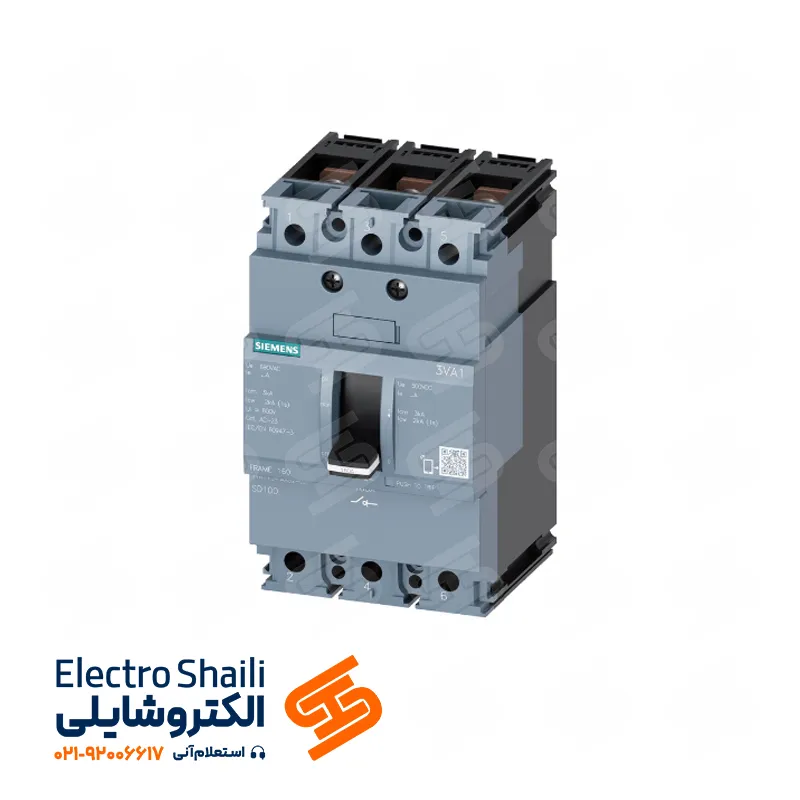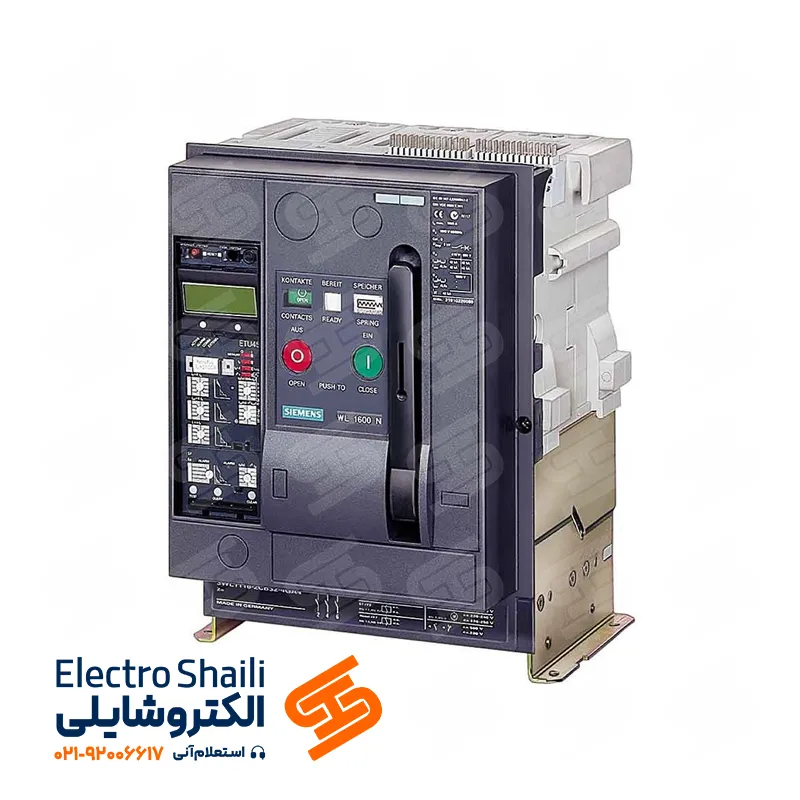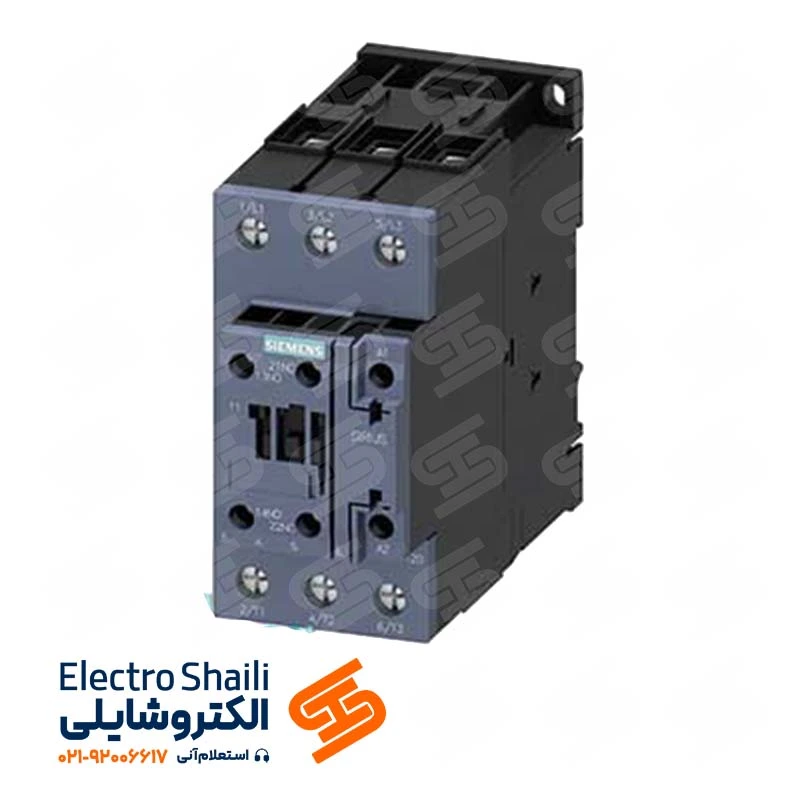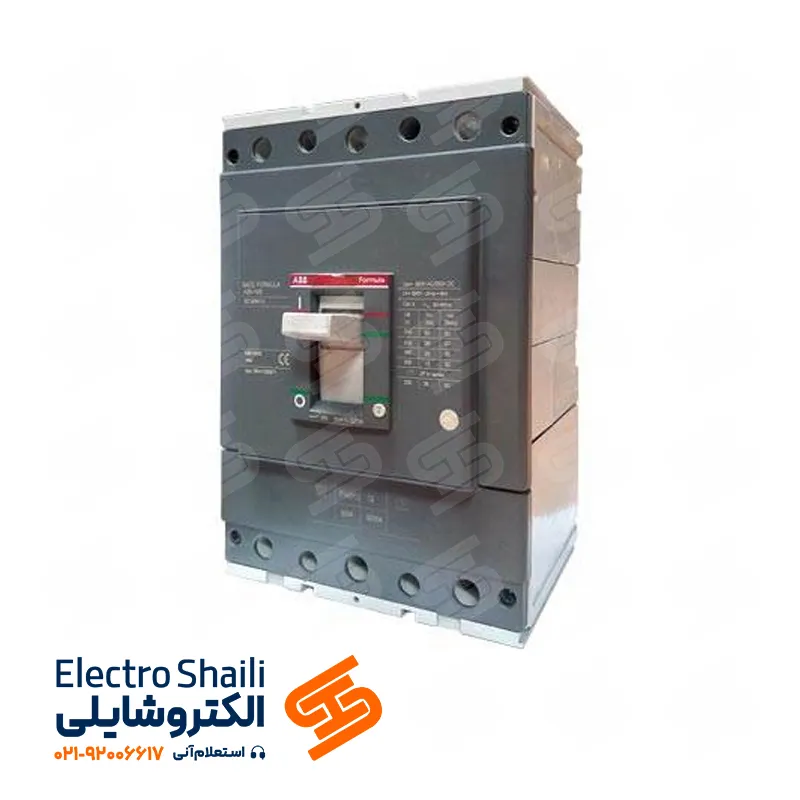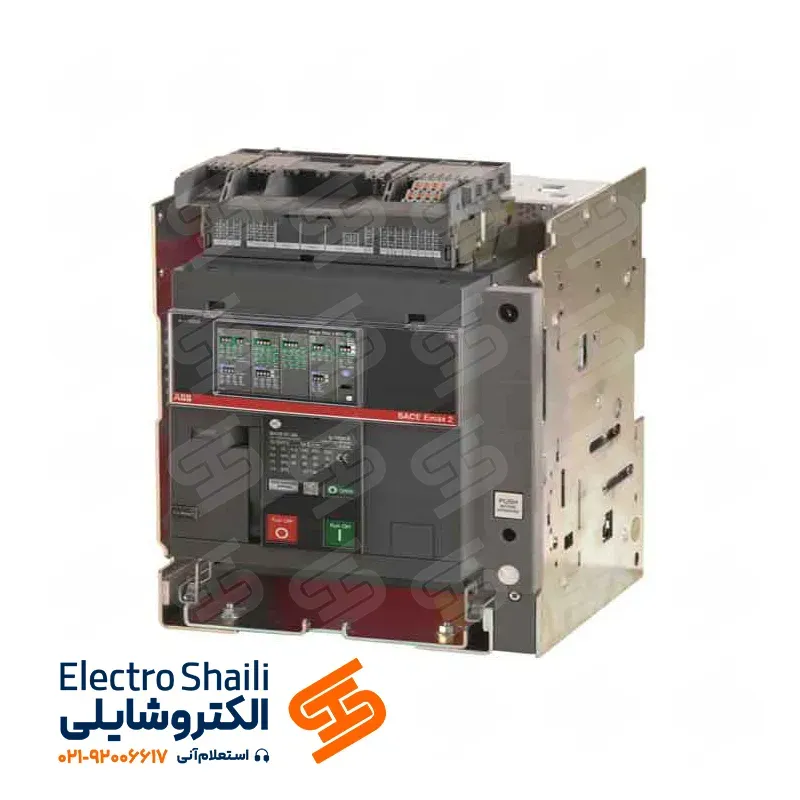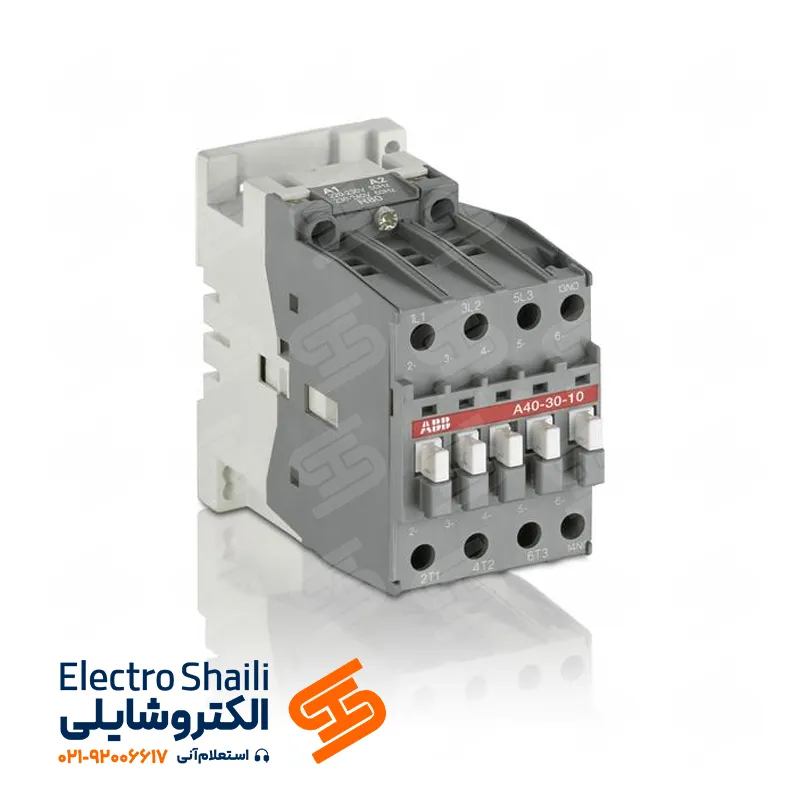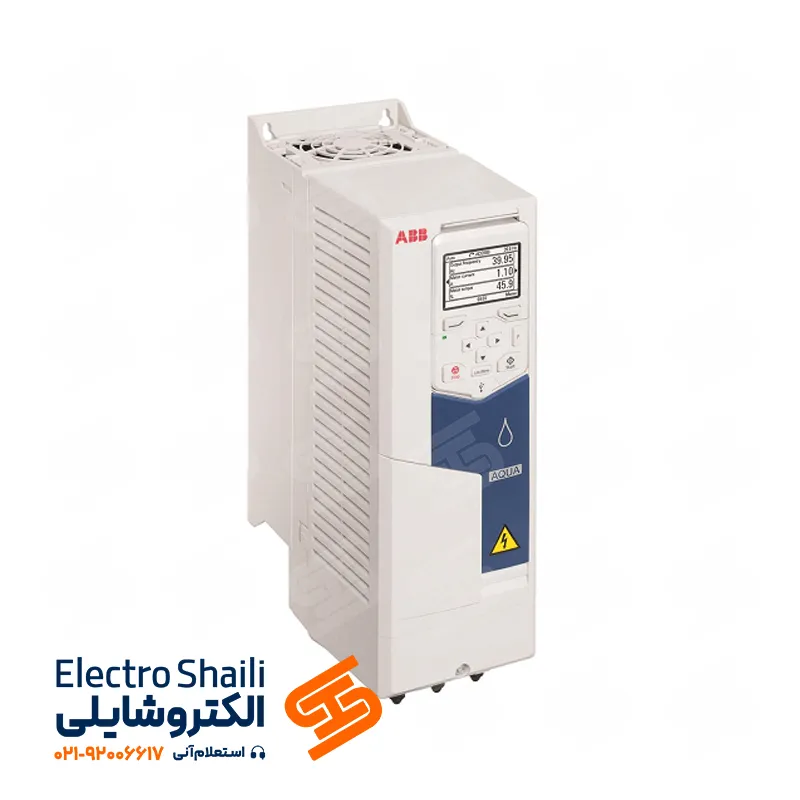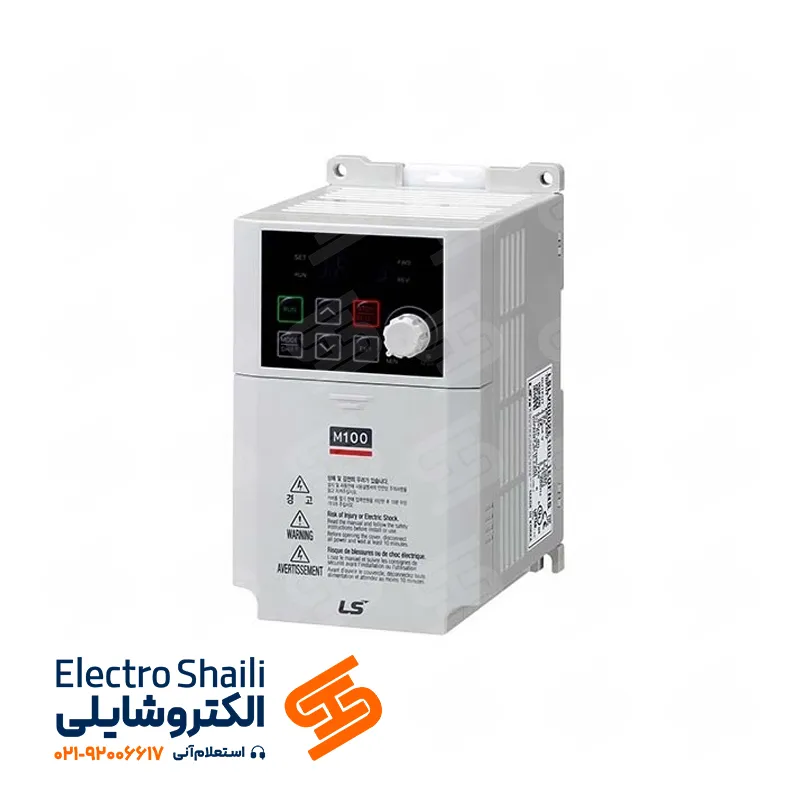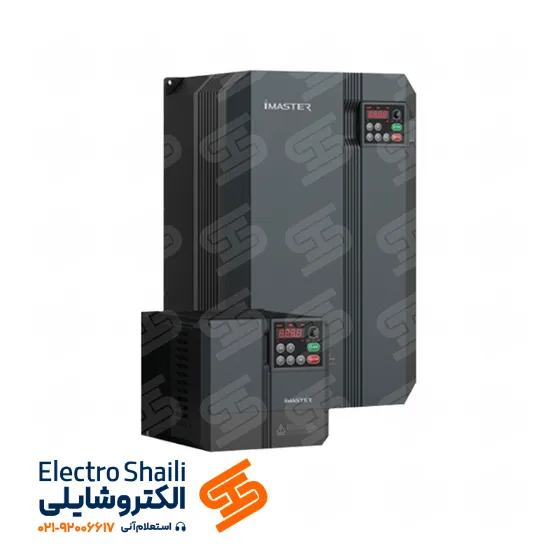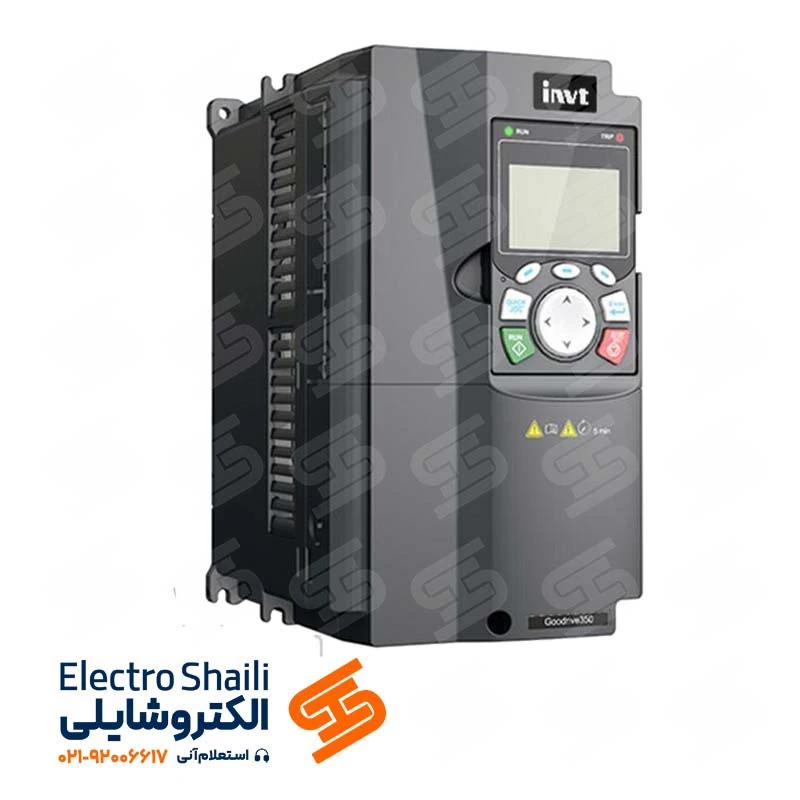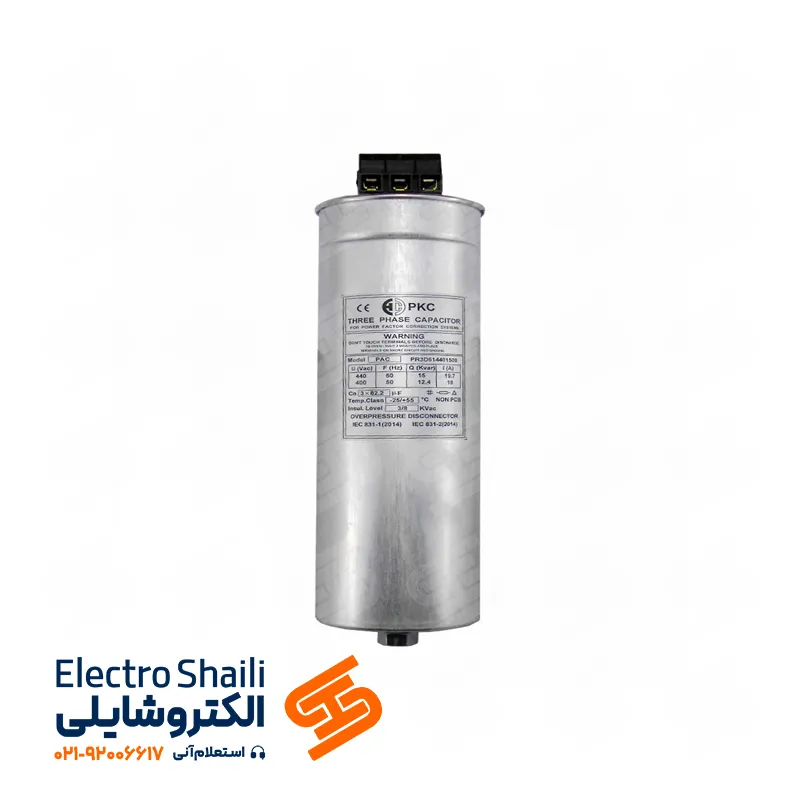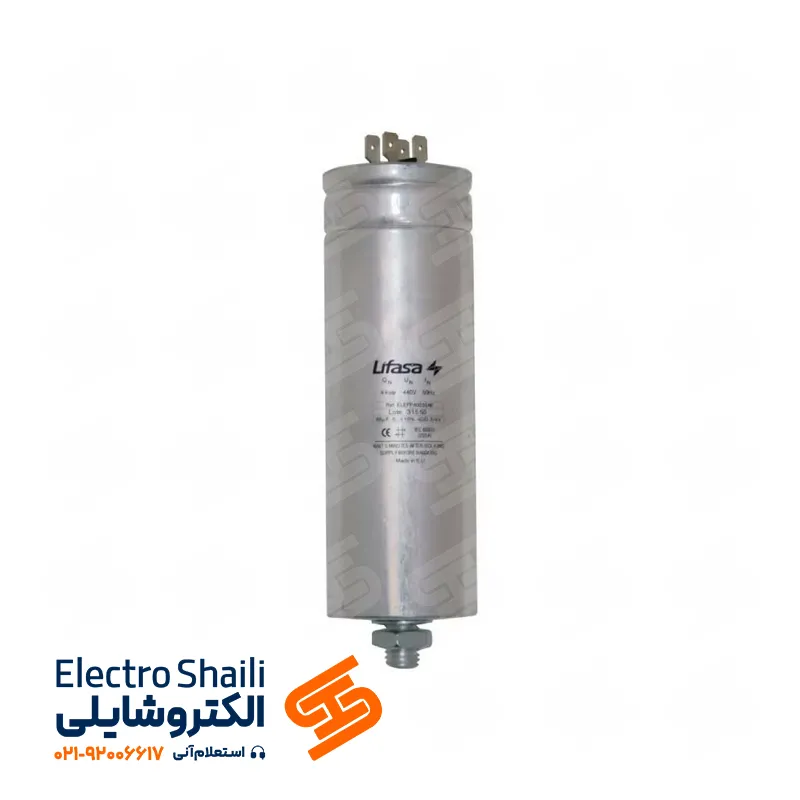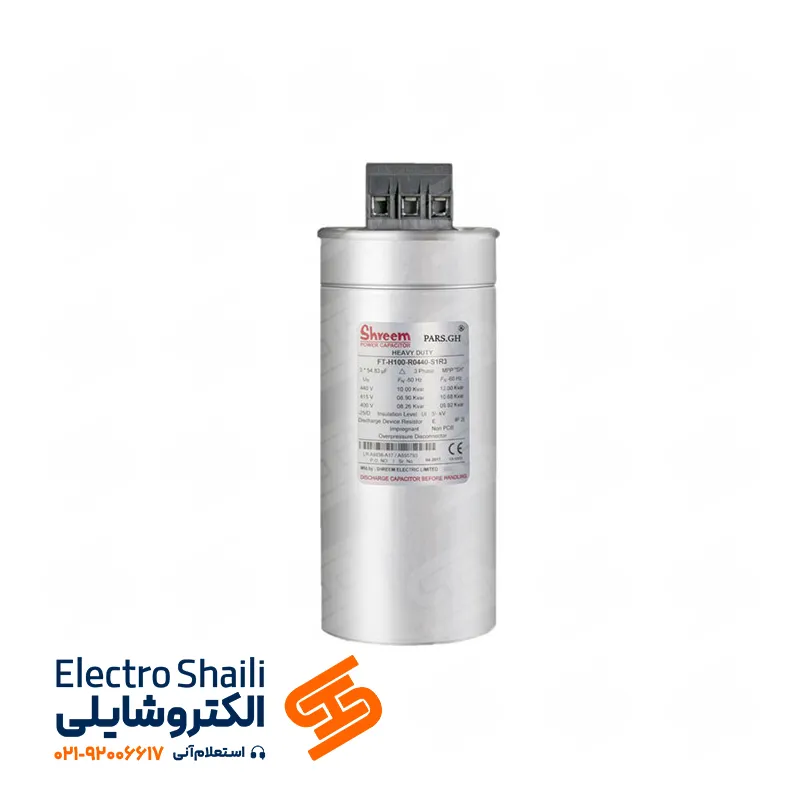Buy Hyundai RCCB from Iran
Hyundai Electric RCCB Life Protector The Hyundai RCCB Life Protector is one of the products of Hyundai Electric. RCCB stands for “Residual Current Circuit Breaker.” This device utilizes residual current circuit breaker technology to protect electrical systems from electrical hazards such as electric shocks. The RCCB serves as a main breaker in the power system and automatically cuts off power in the presence of any unwanted residual current, ensuring protection against potential hazards. This device is used in homes, commercial buildings, industrial settings, or any place where protection of electrical systems against residual currents is required.
Types of Hyundai Life Protector Series Hyundai Electric has recently introduced a new series of RCCBs with various capacities ranging from 16 amps to 100 amps. This series offers many features, including conditional short circuit breaking capacity with a 10kA indicator across the entire product range in compliance with IEC/EN61008-1 standards. Additionally, the product has other features such as a medium position to indicate whether the device is manually turned off, a writable window, safety terminals, dual connection points, positive contact indicator, field-installable additional modules, and a test button for regular inspections.
Below are the technical specifications for the device models 63AF, HRC63 100AF, and HRC100:
| Technical Specifications | Model 63AF | Model HRC63 100AF | Model HRC100 |
|---|---|---|---|
| Reference Standard | IEC/EN61008-1 | IEC/EN61008-1 | IEC/EN61008-1 |
| Number of Poles | 2P, 4P | 2P, 4P | 2P, 4P |
| Rated Current (In) | 16, 25, 32, 40, 63 A | 80, 100 A | 80, 100 A |
| Rated Voltage (Ue) | 240/415 Vac | 240/415 Vac | 240/415 Vac |
| Rated Frequency (F) | 50/60 Hz | 50/60 Hz | 50/60 Hz |
| Rated Short Circuit Breaking Capacity (Ic) | 10 kA | 10 kA | 10 kA |
| Rated Residual Operating Current (I⊿c) | 30, 100, 300, 500 | 30, 100, 300, 500 | 30, 100, 300, 500 |
| Rated Making and Breaking Capacity (Im) | 500 A or 10ln, whichever is less | 10ln | 10ln |
| Performance Characteristics in the Presence of Residual Current with ‘A’ Type and ‘AC’ Type | ‘A’ Type and ‘AC’ Type | ‘A’ Type and ‘AC’ Type | ‘A’ Type and ‘AC’ Type |
| Trip Time in the Presence of Residual Current | 1I∆n < 300ms, 5I∆n < 40ms | 1I∆n < 300ms, 5I∆n < 40ms | 1I∆n < 300ms, 5I∆n < 40ms |
| Approved Insulation Voltage (Ui) | 690 V | 690 V | 690 V |
| Approved Impulse Withstand Voltage (Uimp) | 4 kV | 4 kV | 4 kV |
| Electrical Resistance | 2.5 kV | 2.5 kV | 2.5 kV |
| Electrical/Mechanical Endurance (Minimum Number of Operations) | 2,000 / 3,000 | 2,000 / 3,000 | 2,000 / 3,000 |
| Operating Temperature | -25°C to +55°C | -25°C to +55°C | -25°C to +55°C |
| Humidity | 95% RH | 95% RH | 95% RH |
| Terminal Capacity (Maximum) | 35 mm2 | 50 mm2 | 50 mm2 |
| Setting Torque | 2 N-m | 2.5 N-m | 2.5 N-m |
| Vibration | 3 g | 3 g | 3 g |
| Shock Resistance | Free fall 40 mm | Free fall 40 mm | Free fall 40 mm |
| Protection Class | IP 20 | IP 20 | IP 20 |
| Positive Contact Indicator | Red-Green, Green-Off | Red-Green, Green-Off | Red-Green, Green-Off |
| Net Weight (kg) | 0.215 kg (for 2P); 0.335 kg (for 4P) | 0.230 kg (for 2P); 0.404 kg (for 4P) | 0.230 kg (for 2P); 0.404 kg (for 4P) |
| Dimensions (Height x Depth x Width) / Pole in mm | 87.5 x 62 x 35.9 (for 2P); 87.5 x 62 x 72.0 (for 4P) | 88.2 x 62 x 35.9 (for 2P); 88.2 x 62 x 72.0 (for 4P) | 88.2 x 62 x 35.9 (for 2P); 88.2 x 62 x 72.0 (for 4P) |
| Installation Method | Connected to DIN rail (35 mm x 7.5 mm) | Connected to DIN rail (35 mm x 7.5 mm) | Connected to DIN rail (35 mm x 7.5 mm) |
| Installation Position | Vertical / Horizontal | Vertical / Horizontal | Vertical / Horizontal |
| Frame and Cover | Flame-resistant thermoplastic materials | Flame-resistant thermoplastic materials | Flame-resistant thermoplastic materials |
| Load Connections (Pin/Fork Type) | Pin/Fork Type | Pin/Fork Type | Pin/Fork Type |
| Auxiliary Contacts | Available | Not available | Not available |
Note: The translation includes technical specifications in tabular format. If you have specific questions about the technical details or any other aspect, feel free to ask.
Hyundai Combination Life Protectors HiRC, HiRO, and HiRD The Hyundai models HiRC, HiRO, and HiRD are primarily designed for protection against ground faults in AC systems with a frequency of 50/60 Hz, operating at AC240V or AC415V voltage, and with variable rated currents in the range of 1 to 125 amps. These devices automatically intervene in the event of ground faults between phase and ground or neutral and ground, detecting residual current and comparing it with the consumed residual current through an open-core current transformer.
The HiRO and HiRD models, serving as a combination of residual current devices and miniature circuit breakers, provide protection not only against ground fault currents but also against overloads and short circuits. All products in this product line comply with IEC/EN standards and can be used in various environments, including industrial, commercial, high-rise buildings, homes, and similar installations.
The features of these products include:
- Current-limiting structure
- Use of high-quality materials resistant to heat, fire, and shock
- Clear on/off status indicator
- Dual connection capability via cable or oscillating levers
The following table includes specifications for the digital-type Hyundai HiRC, HiRO, and HiRD circuit breakers, including type, rated current range, normal current values, time to trip, and time to activate for both thermal and electromagnetic releases.
| Type | Rated Current Range | Normal Current Values | Time to Trip | Time to Activate (Thermal Release) | Time to Activate (Electromagnetic Release) |
|---|---|---|---|---|---|
| B | 6-63 Amps | 1.13 × Rated Current > 1 hour | 3 × Rated Current > 0.1 seconds | 1.45 × Rated Current < 1 hour | 5 × Rated Current < 0.1 seconds |
| C | 0.5-63 Amps | 1.13 × Rated Current > 1 hour | 5 × Rated Current > 0.1 seconds | 1.45 × Rated Current < 1 hour | 10 × Rated Current < 0.1 seconds |
| D | 0.5-63 Amps | 1.13 × Rated Current > 1 hour | 10 × Rated Current > 0.1 seconds | 1.45 × Rated Current < 1 hour | 20 × Rated Current < 0.1 seconds |
Note: The translation provides the technical details in tabular format. If you have specific questions about the technical aspects or any other information, feel free to ask.
RCCB (Residual Current Circuit Breaker) The Residual Current Circuit Breaker (RCCB), also known as a life protection switch or ground fault circuit interrupter (GFCI), is a protective device used in electrical systems. These switches are primarily designed to protect against residual current, which results from electrical leakage in the system, and are mainly used in ground fault circuits.
The RCCB operates based on the difference in current between the phase and ground. If the leakage current exceeds a specified limit, the RCCB becomes active and automatically cuts off the current. These switches are used as an additional protective layer alongside miniature circuit breakers (MCBs) and molded case circuit breakers (MCCBs).
The advantages of using RCCB include:
- Personnel Protection Against Electric Shock: By detecting electrical leakage, the RCCB has the ability to cut off hazardous currents, protecting individuals from electric shocks and accidents resulting from electrical leakage.
- Protection of Electrical Equipment: By quickly disconnecting the leakage current, the RCCB can prevent damage and malfunction of electrical equipment caused by electrical leakage.
- Detection and Testing Capability: Many RCCBs have the capability to detect and test leakage current, allowing users to regularly test and verify their proper functioning. This testing capability includes specific buttons and switches that, when pressed, simulate leakage current to check the RCCB’s performance. These tests should be conducted periodically following the manufacturer’s guidelines to ensure the proper and reliable operation of the RCCB. This feature enables users to ensure the accuracy and proper functioning of their RCCB and replace or repair it if necessary.
Functions of RCCB The RCCB in the electrical panel performs essential functions. Some of its main functions include:
- Protection Against Residual Current: The RCCB is used to protect individuals from electric shock hazards caused by residual current. In the presence of electrical leakage, which may result from equipment failures or insulation faults, the RCCB detects it and immediately cuts off the current.
- Disconnection of Ground Fault Current: The RCCB acts as a ground fault circuit interrupter. In the presence of ground fault current, which may result from electrical leakage, the RCCB instantly disconnects the current, keeping people safe from electric shock.
- Protection of Electrical Equipment: In addition to protecting individuals, the RCCB is also responsible for protecting electrical equipment. By quickly disconnecting residual current, the RCCB can prevent damage to electrical and electronic equipment connected to the electrical system, increasing their service life.
- Detection and Performance Testing: Many RCCBs have the capability to detect and test residual current. This capability allows users to regularly test the RCCB and confirm its proper operation.
Benefits of Using Hyundai RCCB The use of Hyundai RCCB (Residual Current Circuit Breaker) comes with the following advantages:
- Safety Protection: The primary benefit of using RCCB is the protection of individuals against electrical hazards. In the event of an electric shock or unintended residual current, the RCCB immediately and automatically cuts off the power supply, preventing serious injuries.
- Equipment Protection: RCCB serves as a primary circuit breaker in the electrical system, and in the presence of residual current, it disconnects the power supply. This action prevents damage to electrical and electronic equipment connected to the electrical system, increasing their useful life.
- Speed of Operation: RCCB, with its residual current circuit-breaking technology, operates quickly and instantly. In the event of unintended residual current, the circuit breaker immediately cuts off the power supply, providing a very short response time.
- Fault Detection Capability: Hyundai RCCB has the capability to detect faults in the electrical system. In the presence of residual current, system faults, or issues in connections, the RCCB issues a warning and activates the circuit breaker automatically.
- Battery Lifespan: Some Hyundai RCCBs come with an internal battery that maintains the circuit breaker’s functionality in case of a power outage. The internal battery is used to supply power to the circuit breaker, and if external power is cut off, the RCCB can still detect residual current and disconnect the power supply. This feature ensures that the RCCB continues to function and protect individuals and equipment during power outages. The battery lifespan varies depending on its type and quality, and replaceable batteries are often available for replacement if needed.
Comparison of Residual Current Circuit Breaker (RCCB) and Miniature Circuit Breaker (MCB) Both Residual Current Circuit Breaker (RCCB) and Miniature Circuit Breaker (MCB) are essential tools in protecting electrical systems, but there are differences in their operation and applications. Below is a comparison of these two:
Operation: RCCB: RCCB functions as a circuit breaker for residual current. Its task is to detect and cut off the power supply in the presence of unintended residual current. This device operates quickly and protects against electrical hazards such as electric shock. MCB: MCB acts as a circuit breaker based on load conditions and protects devices and systems. They operate against increased current, short circuits, overloads, and other faults in the circuit.
Protection Type: RCCB:
The primary function of RCCB is to protect individuals from electrical hazards. By detecting residual current, the circuit breaker immediately cuts off the power supply, preventing serious injuries. MCB: MCB primarily operates to protect electrical equipment and systems. By detecting unfavorable conditions such as excess current or short circuits, the circuit breaker cuts off the power supply, preventing damage to equipment.
Applications: RCCB:
RCCB is generally used in places where there is a need to protect individuals from electrical hazards. Examples of its use include homes, commercial and industrial buildings, offices, hospitals, public places, electric vehicles, etc. In these locations, RCCB is responsible for protecting individuals from residual current. MCB: MCB is used as a circuit breaker based on load conditions and is applied in various settings such as building and home power distribution, electrical panels, industrial equipment, factories, lighting systems, cooling systems, building automation systems, etc. MCB serves as a general circuit breaker in the electrical system and, in case of issues like increased current, short circuits, excess load, etc., cuts off the power supply, preventing overheating and equipment damage.
In general, RCCB is used for protecting individuals from residual current, while MCB is used for protecting electrical equipment and systems. Both tools have high importance in electrical systems and are utilized in different locations to safeguard against electrical hazards.

